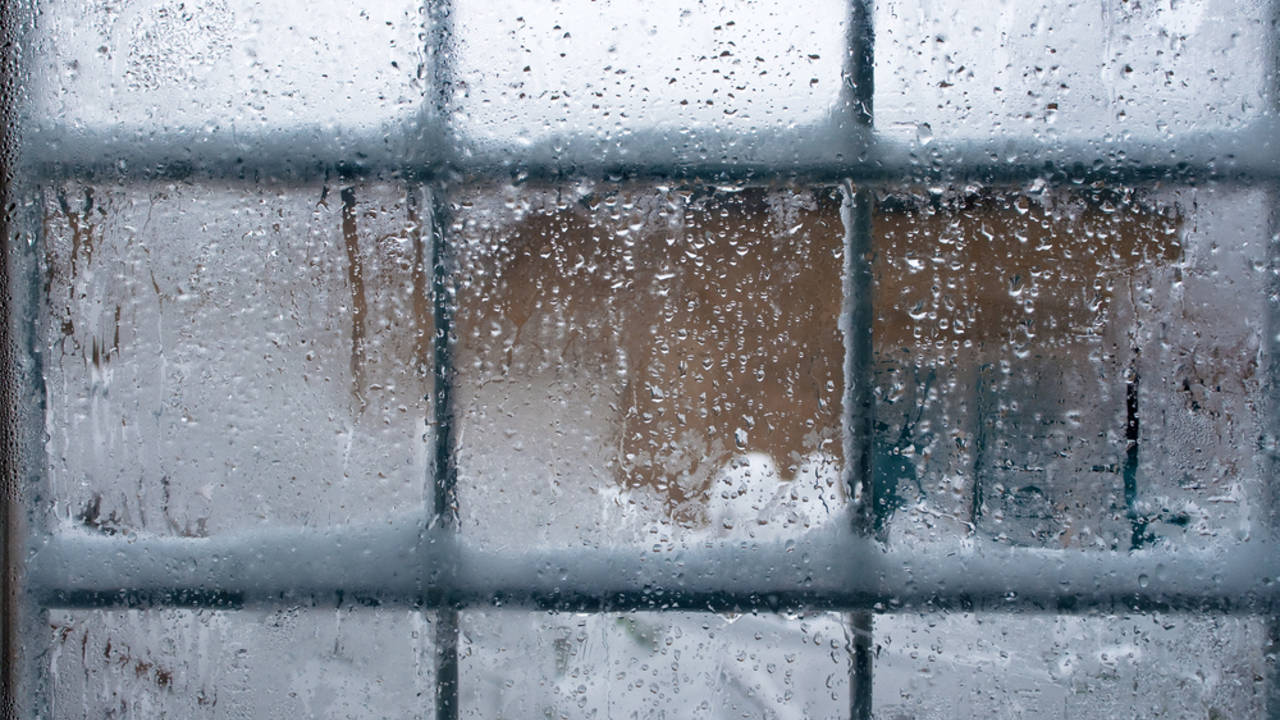Whether you live in New Hampshire, Houston, or Minneapolis, replacement windows rank among the wisest investments you can make in any room of your home, both in terms of lasting value and ensuring your family’s year-round comfort.
But what if you’re not quite ready to make such a big investment? If your windows are no longer offering the same level of performance as they used to, there are plenty of steps you can take to shore them up and keep your home warm and comfortable for the rest of the winter. Best of all, these simple strategies can also contribute to noticeable energy savings during the coldest months.
Draft Detective
There are several low-tech experiments you can try to determine which of your windows needs the most attention. One of the most commonly used techniques is to light a stick of incense and carefully move it along your walls and window frames, avoiding drapes and other flammables. Watch the wavering smoke to see if it exits your home via small cracks or crevices. Additional tests focus on this same principle: pinpointing exactly where drafts are entering your home.
Mind the Gaps
If you identify one or more drafts, your next step should be sealing the perimeter of each drafty window by applying caulking outside and weatherstripping inside.
Caulking
To ensure a long-lasting, airtight seal, keep these tips in mind when applying caulk:
- Scrape the old caulk and any peeling paint from the surface with a putty knife.
- Clean away dirt and debris with warm, soapy water and a scrub brush.
- Dry surface and apply a fresh bead of caulk around the window perimeter.
- Be sure to use exterior grade caulk—either 100% silicone sealant or “siliconized” acrylic—both of which will remain flexible for years.
Weatherstripping
Weatherstripping should be applied around the interior sash, or the operable part(s) of a window. There are a variety of materials commonly used for weatherstripping, including:
Adhesive-backed foam, which works by compression, meaning that it squishes down to seal gaps and block drafts when the window closes against it. It can be cut to fit with scissors, but simple peel-and-stick applications also work well on clean surfaces.
Tubular rubber-gasket weatherstripping is similar to adhesive-backed foam, except for its hollow rubber tube shape. Installers utilize either peel-and-stick applicators, or nails or screws via an attached metal or wood flange.
Spring V-seal, also known as tension-seal weatherstripping, which consists of a polypropylene or metal strip folded into a V-shape that, when properly installed, expands to form a tension-based seal. Plastic V-seal can be cut with scissors and is usually peel-and-stick. By contrast, aviation snips are required to cut metal V-seal, which must then be nailed in place.
Felt, a commonly-used weatherstripping material for decades. It is usually sold in rolls, either with adhesive backing or an attached metal mounting flange. It’s economical and easy to install, but needs to be replaced every two to four years.
Plastic With a Purpose
There’s a very good reason why window insulation kits, which seal the entire window behind a large sheet of shrink wrap, are enduringly popular. They’re affordable and they work! Installation is simply a matter of holding the plastic in position with double-sided tape while hot air from a blow dryer is directed at it to create a strong seal. These kits are highly effective against drafts, as long as you don’t mind not being able to actually your treated windows until spring.
Drapes, Shades, Shutters & Panels
These simple window covering suggestions can yield impressive energy-saving results:
Insulated draperies can reduce heat loss in a warm room by up to 10%. Mount drapes as close to the window as possible and allow them to hang down and pool onto the windowsill or floor. Drapes should be kept closed even during the day for windows that don’t receive direct sunlight, and for all windows at night. Similarly, shades or blinds in south-facing windows should be raised during the day and closed at night.
Additionally, heat loss can be further reduced by as much as 25% by taking several smaller measures, such as:
- Installing a cornice at the top of a drapery to hold it in place
- Using Velcro strips or magnetic tape to seal the attach drapes to the wall at the sides and bottom of the window.
- Keeping drapes closed so that they overlap in the middle.
Dual shades are white and highly reflective on one side, and dark on the other to promote heat absorption. During the cold months, the white surface should face your home’s interior and vice-versa in the summer. Like insulated drapes, shades are most effective when drawn 24/7.
Solid insulating shutters consist of wood panels and a vapor barrier, sometimes with a decorative cover layer. Fit tightly against a window frame, they create an insulating air barrier between the shutter and the window. Like all panels, they can also be combined with drapes for even better insulation.
Insulating window panels are relatively inexpensive and provide R-values between 3.8 and 7. You can buy them pre-made or contained in a do-it-yourself kit. They’re made of rigid foam board insulation that can be pushed or clipped to fit the interior of a window, so the edges seal tightly against the frame. No hardware is required as the seals are made from magnetic tape or Velcro.
Exterior panels or storm panels are usually custom-made and can be installed inside or out to reduce winter heat loss by as much as 50%. Made of glass, rigid plastic, or plastic sheeting, they need to be put up each fall and taken down in the spring.
Interior storm panels consist of rigid plastic panels mounted using Velcro, magnets, or snap-in seals, and are generally less expensive than exterior ones. They don’t have to be custom-made, but are most effective for windows that don’t have an exterior panel, such as awning or other crank-operated units. Interior panels and kits can be found at building supply or hardware stores.
Weatherization Options for Lower Income Households
Low-income households can qualify for an average of $6,500 worth of weatherization improvements to their homes through state-level government programs. To see a state-by-state list of policies and incentives, refer to the Database of State Incentives for Renewables & Efficiency, an information resource sponsored by the U.S. Department of Energy.


Comments(0)